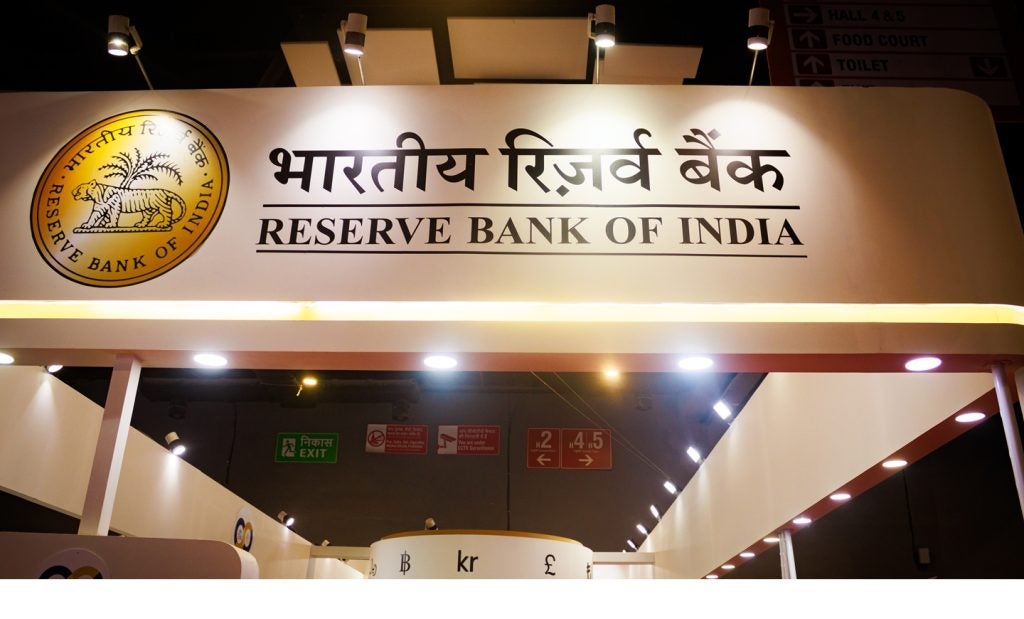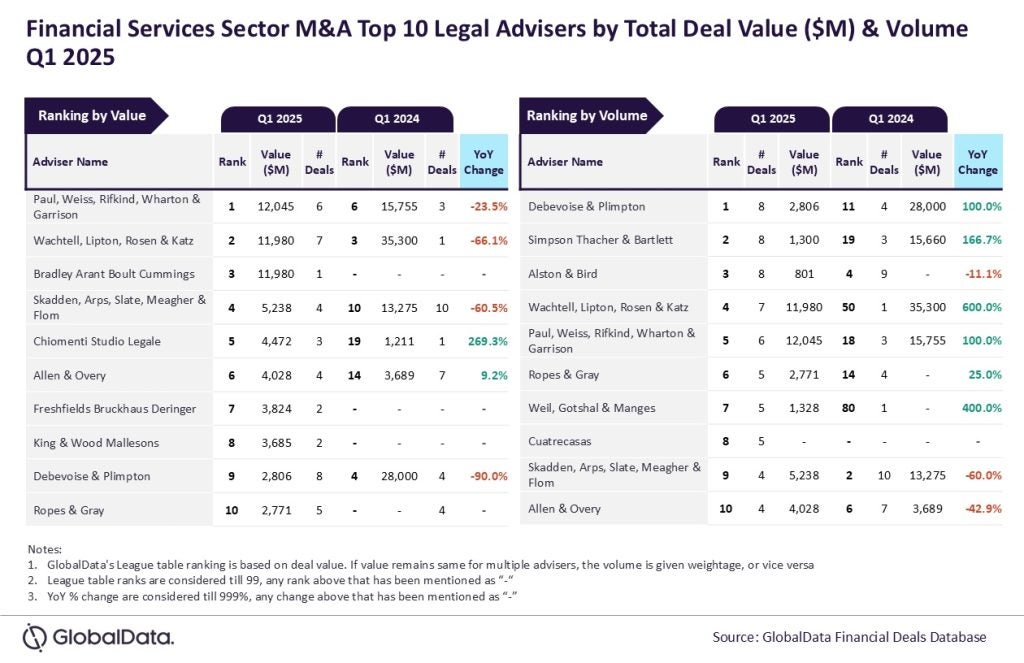When it comes to branding, financial institutions have never really topped the list. This year, Interbrand has once again published its table for the top 100 global brands. Evie Rusman speaks to the financial services that have been successful
Last month, Interbrand celebrated 20 years of its Best Global Brands Report. With this comes hope for financial services, who have featured significant growth within the last year. This is promising because, in comparison to big brands like Amazon, banks and other finance groups have not shaped up well in the past.
Charles Trevail, Global Chief Executive Officer of Interbrand, says: “Twenty years on from our first report, customers today are more informed, more connected and more demanding than ever before through a combination of wealth of choice, erosion of loyalty and shifting frames of reference wanting immediacy, abundance and intimacy – all at the same time.
“The age of brand positioning is over. In a world where customer expectations will continue to move faster than businesses, static brand positions and incremental change will just about keep brands in the game – but it will take, brave, we would say ‘iconic’, moves, to make brands leap ahead of customer expectations and ultimately deliver extraordinary business results.”
Topping the list again is Apple, which has a brand value $234.2bn, a 9% rise year on year. Google grew another 8% to remain in second spot with a value of $167.7bn. And Amazon sported one of the biggest rises in value, up 24% to $125.3bn, keeping its third place ranking.
Some brands, however, suffered a decrease in brand value including Coca Cola, dropping 4% down to $63.4bn, and Facebook who fell 12% to $39.9bn.
There were three new entrants on the list, Dell Technologies, Uber and LinkedIn. Uber boasts a brand value of $5.7bn. This comes after Uber recently dipped its toes into the finance market with the launch of its Uber credit card, featuring a host of rewards and cashback offers.
Financial services
There were 12 financial services in the top 100 in 2019; similar to last year. These 12 institutions represent $145bn in brand value in the rankings; however, none of those brands reached the top 20. This could be down to many of the sector’s leading brands being slow to embrace disruptive forces of technology. Meanwhile, Apple, Facebook and Google are making bigger leaps into the financial services industry.
Again, at the top of the financial list was American Express, moving up a place in the ranking to 23rd overall. Amex’s brand value currently stands at $21.6bn, up 13%. Following Amex, was JPMorgan in 25th place with a brand value of $19bn, an 8% growth.
The third highest financial institution was Citi, placing 41st overall with a brand value of $12.7bn. However, the brand to experience the fastest overall growth was Mastercard, achieving a 25% growth rate and a brand value of $9.4bn. This resulted in an eight-spot leap for the payments firm from No. 70 to No. 62.
Speaking on this, Raja Rajamannar, Chief Marketing and Communications Officer at Mastercard, says: “The brand management playbook is being rewritten for the digital age. Bold moves are a must for being top-of-mind and unexpected initiatives that anticipate peoples’ latest desires are a must for staying there.
“It’s fantastic to see our efforts being recognised across all industries. It is a validation that we are forging the right path.”
Speaking on Mastercard’s success, Christian Purser, CEO of Interbrand London, tells RBI: “Best Global Brands 2019 lists 12 financial services brands in the top 100, representing $145 billion in brand value. Mastercard’s brand value has risen fastest of all this year and its ascent has been fuelled in part by its ongoing transition from payments provider to digital payments innovator.”
Spain’s Santander increased its brand value to $8.5bn, growing 13%. Enrique Arribas, head of brand and corporate marketing at Banco Santander, tells RBI: “For Santander, it’s an honour to be one of the world’s most valued brands according to the most prestigious international brand rankings. Santander has been part of this ranking since 2009, it is remarkable the increase in value experienced from 2014 to 2018.
“Our brand has been evolving since its inception, modernising, adapting to the environment, in many cases anticipating the changes and above all, looking for always be close to people. The last few years have been the key to consolidating our leadership position, betting on innovation in areas such as digitalisation, international expansion, or increasingly responsible banking.”
Visa moves up
Another financial institution that has seen significant growth is Visa, moving up the ranking this year to 55th position from 61st. The global payments company now has a valuation of $10.8bn, a 19% growth since 2018.
Lynne Biggar, CMO at Visa, speaks to RBI about Visa’s current strategy and explains how quality branding is essential in keeping clients happy.
She says: “The Visa brand is one of our most valuable assets and is highly valued by our clients as well. It is a representation of all we do at Visa, from our client service to our product and experience value to our employee experience.
“Externally, we bring our brand to life for our key audiences in many ways, including through exclusive global and local partnerships like those with the Olympics and Paralympics, the National Football League, Africa Cup of Nations and Shanghai Fashion Week.
Visa is also the largest sponsor of women’s football in the world and recently worked with the Women’s World Cup (WWC) in France.
“We utilise these partnerships to support our clients’ objectives, enable their customers to experience the magic of these events and showcase Visa’s innovations in the payments space,” adds Biggar. “For example, at WWC, we showcased innovative ways to pay alongside our multisensory branding – sound, animation and haptic vibration cues – that together express our brand promise of speed, security and trust.”
Keeping up with fintechs
With the rise of fintechs and non-banks, incumbents must compete to remain relevant. Purser warns that incumbents cannot just sit back if they want to remain successful.
He says: “Beyond the Mastercard story, the broader financial services sector is growing in brand value, but the biggest brands are becoming ever more vulnerable to the threat of disruption from fintech, big tech and regulatory pressures. Global financial service brands may be big and steady, but that’s what people said about retail before Amazon and transport before Uber.”
Ensuring brand growth continues is vital for any institution and Mastercard promises to continue to innovate and shape its offering to the needs and desires of the consumer.
Rajamannar tells RBI: “We constantly measure how Mastercard is perceived as a brand. What is the likeability of this brand? What is the approachability of this brand? There is a perception out there that Mastercard is a credit-card brand because the brand was associated with the category of credit cards for 50 years. That’s something that we’re trying to change.”
Similarly, Biggar ensures that Visa’s brand value will continue to grow due to a strong focus on client satisfaction.
“We are confident that our brand value will continue to grow, given our constant focus on the needs of our clients, consumers and emerging payments players. We are continuously innovating around our product solution set ahead of demand. For example, we have worked with a variety of cities and municipalities to launch ‘tap to pay’ transit capabilities.
“We are also well underway with planning for Olympics and Paralympics Tokyo 2020, a tremendous opportunity for us and our clients not only in Japan, but globally. And we continue to advance our efforts to support women as entrepreneurs, small business owners, consumers and athletes through a number of leading programs and activities.
“We have an enormous opportunity to ensure digital payments advance individuals, businesses and economies. So, as big as 2019 has been, we expect 2020 to be even more break-through – that is just a way of life at Visa! And we will continue to position ourselves as being everywhere you want to be. It’s a very fortunate tagline.”







